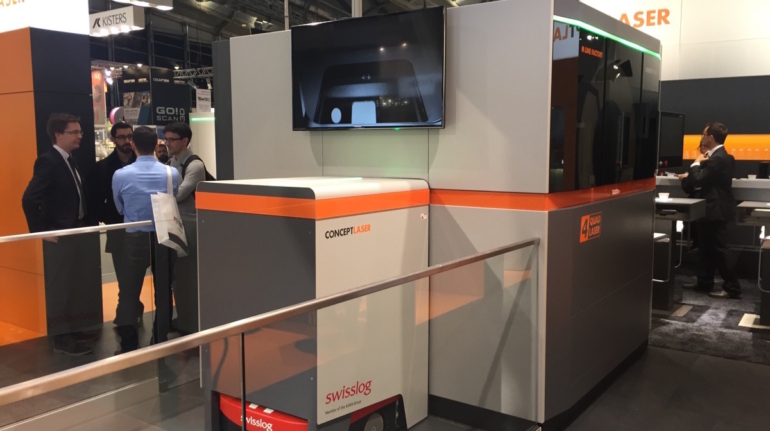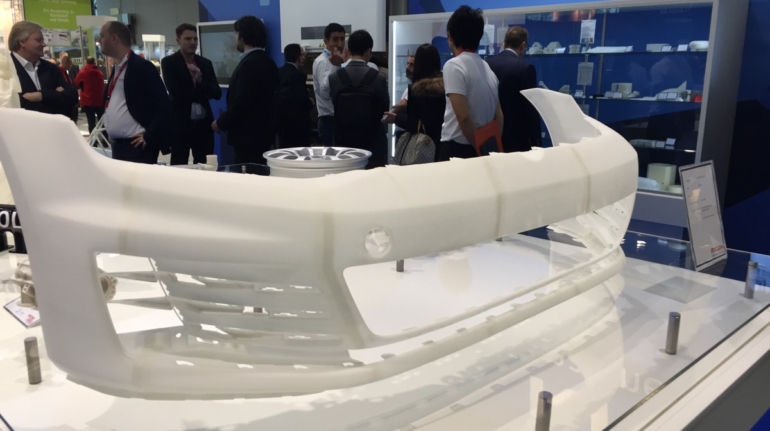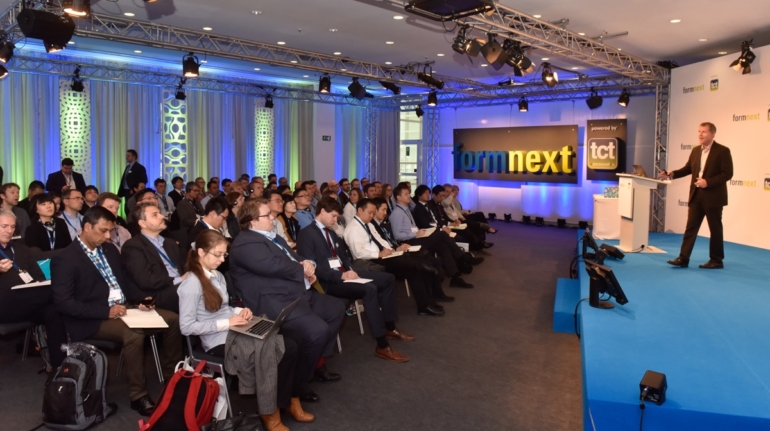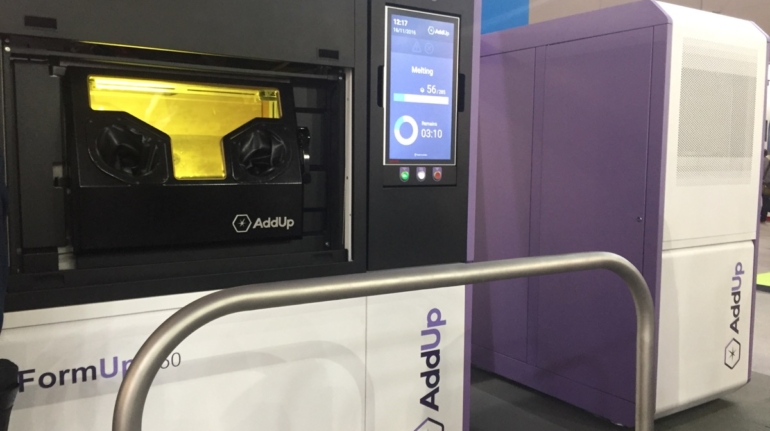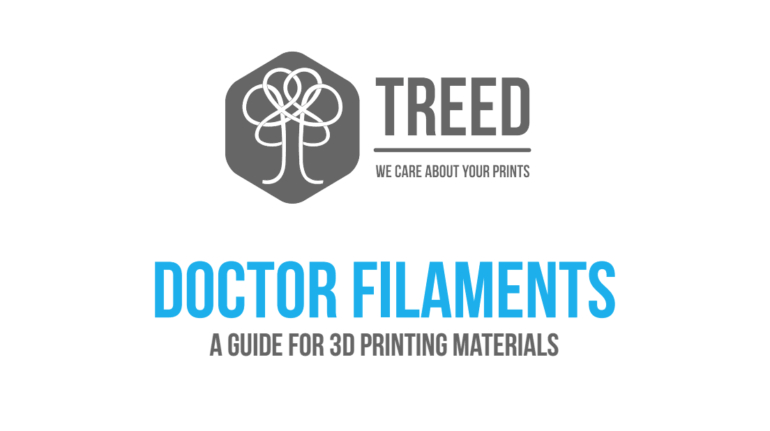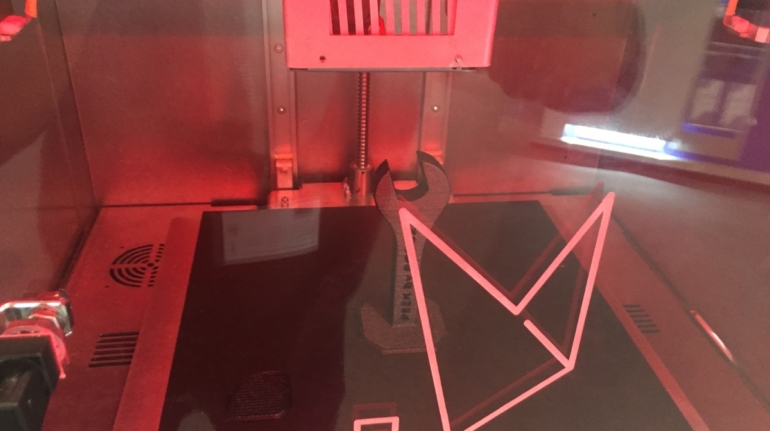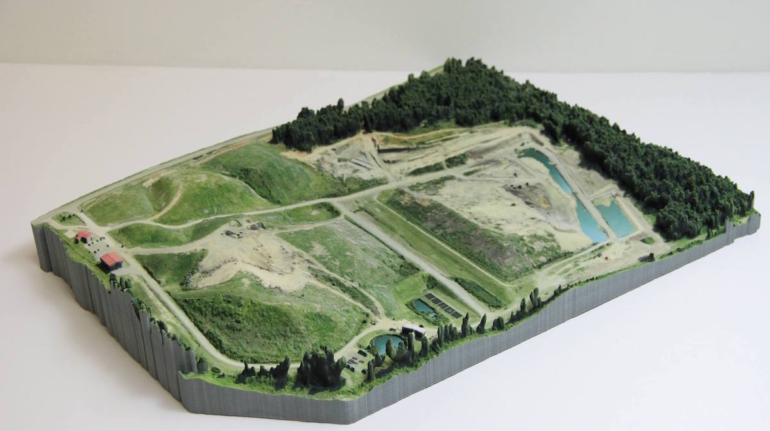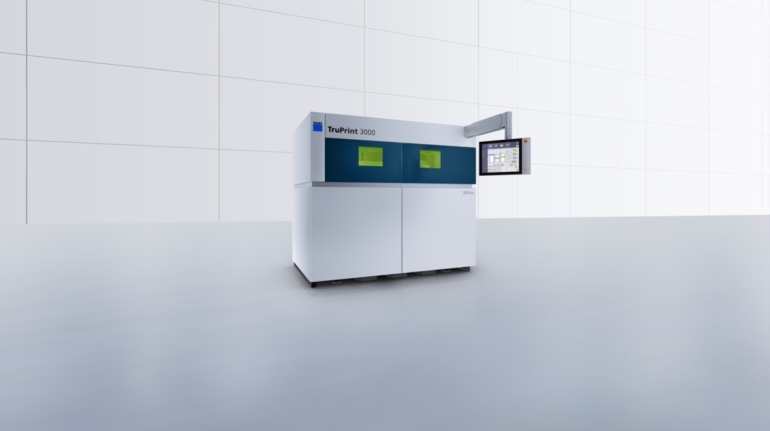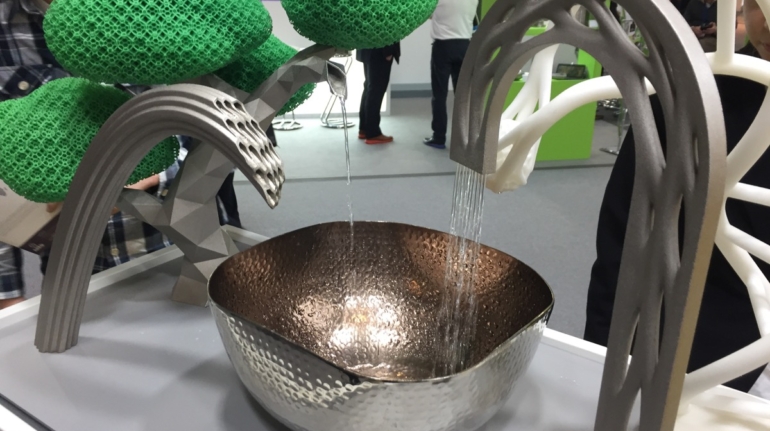Pjotr Presents Spica Virginis, the Titanium 3D Printed Fountain Pen and Nib 3D Printing Processes
Dutch designer and technologist Pjotr (aka Rein van der Mast) is about to disrupt how fountain pens are made. Instead of relying on proven technology like turning, a couple of years ago he started 3D printing titanium fountain pens and now he also 3D prints its fully functional nib. This enables him to create complex design features and even mechanical assemblies in a single 3D print.


